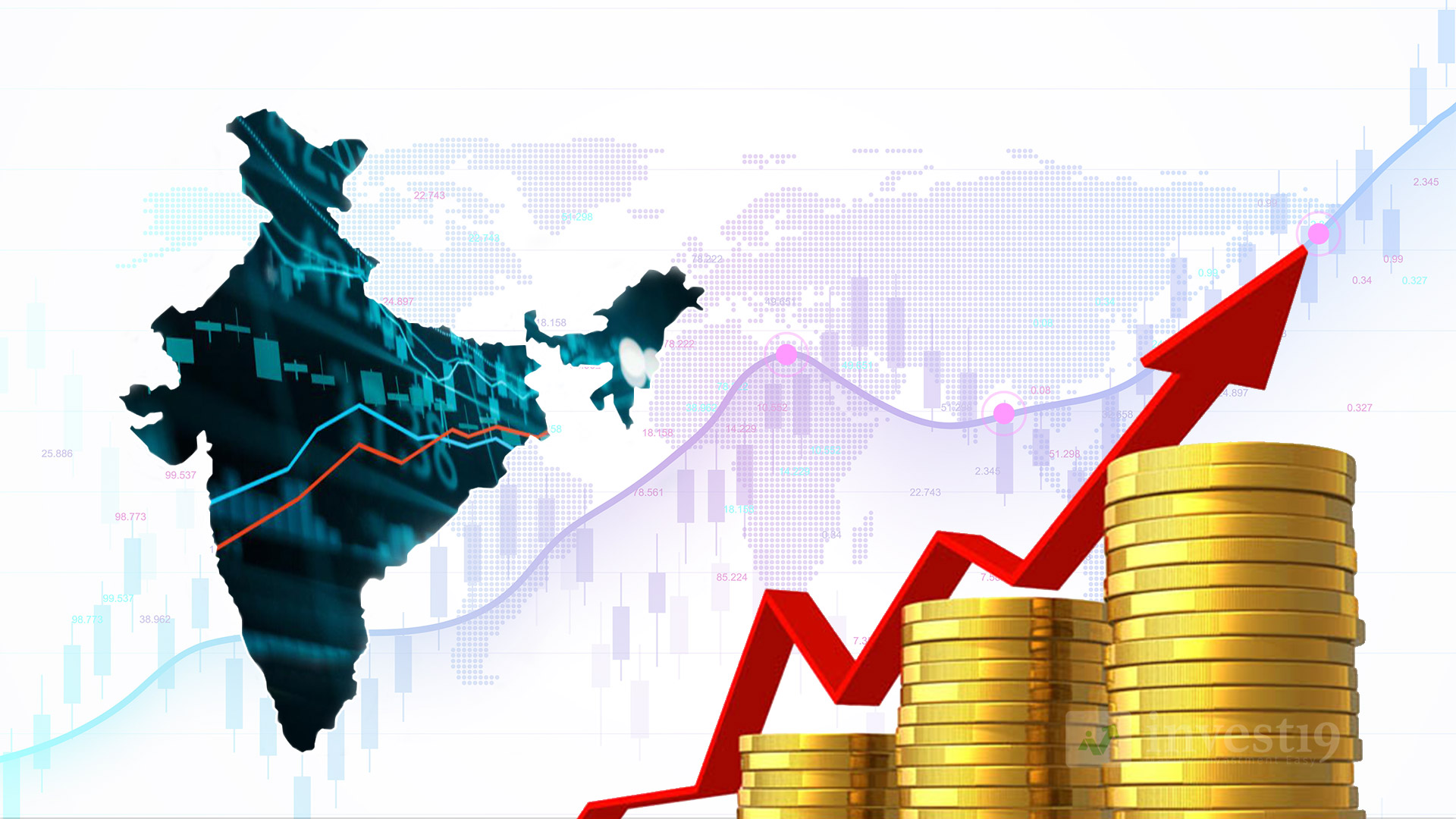India’s economy registered a robust 7.4% growth in the fourth quarter of FY 2024-25, driven by strong performance in manufacturing and services. Discover the main growth factors, expert analyses, and what lies ahead for the economy.
India’s Economy Expands 7.4% in Q4, Bucking Global Slowdown Trends
New Delhi, June 1, 2025 —In the fourth quarter of the 2024-25 fiscal year, India’s economy accelerated by 7.4%, surpassing analysts’ forecasts and solidifying its status as one of the fastest-growing major economies globally.
The robust growth was led by significant gains in manufacturing, construction, and services sectors, along with a steady revival in domestic demand and resilient exports. The data, released by the Ministry of Statistics and Programme Implementation (MoSPI), paints a promising picture of India’s economic health, despite global headwinds such as geopolitical tensions and inflationary pressures.
Sector-Wise Performance
The manufacturing sector recorded an impressive 8.3% year-on-year growth, a sharp recovery from the 4.2% posted in the same quarter last year. This surge was attributed to increased production capacity, policy support through the PLI (Production Linked Incentive) scheme, and rising consumer demand for industrial goods.
The services sector, which includes finance, real estate, trade, and hospitality, expanded by 7.8%, supported by improved mobility, higher discretionary spending, and strong performance in IT and digital services exports.
Construction activity also witnessed a notable 9.2% rise, driven by heavy infrastructure spending by the government and a rebound in real estate investments across urban centers.
On the other hand, the agriculture sector saw modest growth of 2.1%, impacted by erratic weather conditions and fluctuating crop yields. However, it remains a critical contributor to rural employment and consumption.
Consumption and Investment on the Rise
Private consumption, which accounts for nearly 60% of India’s GDP, rose steadily during the quarter, boosted by rising disposable incomes, improving consumer confidence, and easing inflation. According to the data, private final consumption expenditure (PFCE) increased by 6.5% year-on-year.
Investment activity also showed strength, with gross fixed capital formation (GFCF) rising by 8.9%, indicating robust infrastructure development and industrial expansion. Economists point to the government’s focus on capital expenditure, especially in transport, energy, and digital infrastructure, as a key enabler of investment-led growth.
Expert Commentary and Market Reaction
Commenting on the data, Chief Economic Adviser Dr. Anantha Nageswaran said,
“India’s economic fundamentals remain strong. The Q4 numbers reflect growing resilience, especially in manufacturing and services, which are key to long-term sustainable growth.”
Markets responded positively to the report, with the BSE Sensex closing 428 points higher and the Nifty 50 gaining over 1% on the day the numbers were released. Banking, infrastructure, and auto stocks led the rally, signaling investor optimism.
Annual Growth and Fiscal Outlook
With the Q4 figures factored in, India’s overall GDP growth for FY 2024–25 stands at 7.2%, aligning closely with projections made by the Reserve Bank of India (RBI) and international institutions like the IMF and World Bank.
The government aims to maintain this growth momentum into FY 2025–26 through a mix of structural reforms, digital innovation, and targeted subsidies in key sectors like agriculture, MSMEs, and renewable energy.
However, Finance Minister Nirmala Sitharaman cautioned against complacency, stating:
“While growth is encouraging, we must stay vigilant against external shocks, including global commodity volatility and geopolitical tensions that could disrupt trade and capital flows.”
Challenges Ahead
Despite strong numbers, challenges remain. Youth unemployment, rising urban inflation, and the widening current account deficit continue to pose significant challenges. Additionally, monsoon unpredictability could affect agricultural output and rural consumption in the upcoming quarters.
International factors such as rising interest rates in the U.S., tensions in West Asia, and slowing demand from China also pose risks to India’s export growth and currency stability.
Conclusion: A Strong Step Forward
India’s 7.4% GDP growth in Q4 reflects an economy on firm footing, powered by strong fundamentals and an ambitious reform agenda. While global uncertainties remain, India appears well-positioned to sustain high growth, attract investment, and deliver long-term value to its citizens and the global economy alike.
As the world watches closely, India’s economic rise is not just a regional story—it’s a global one.





